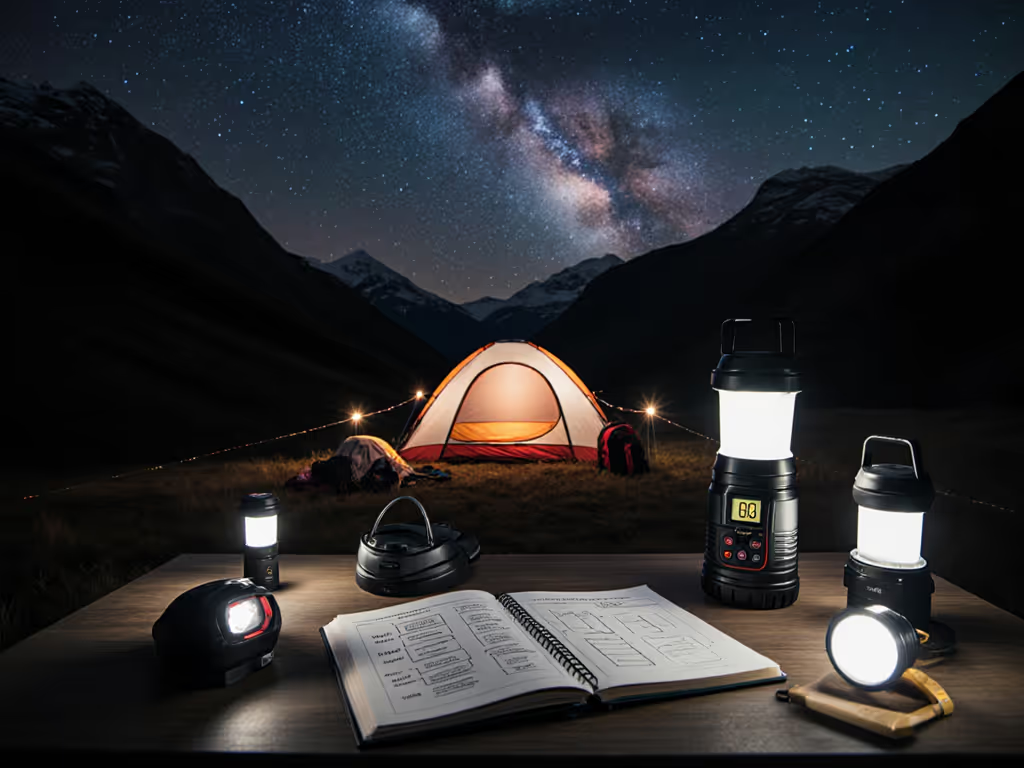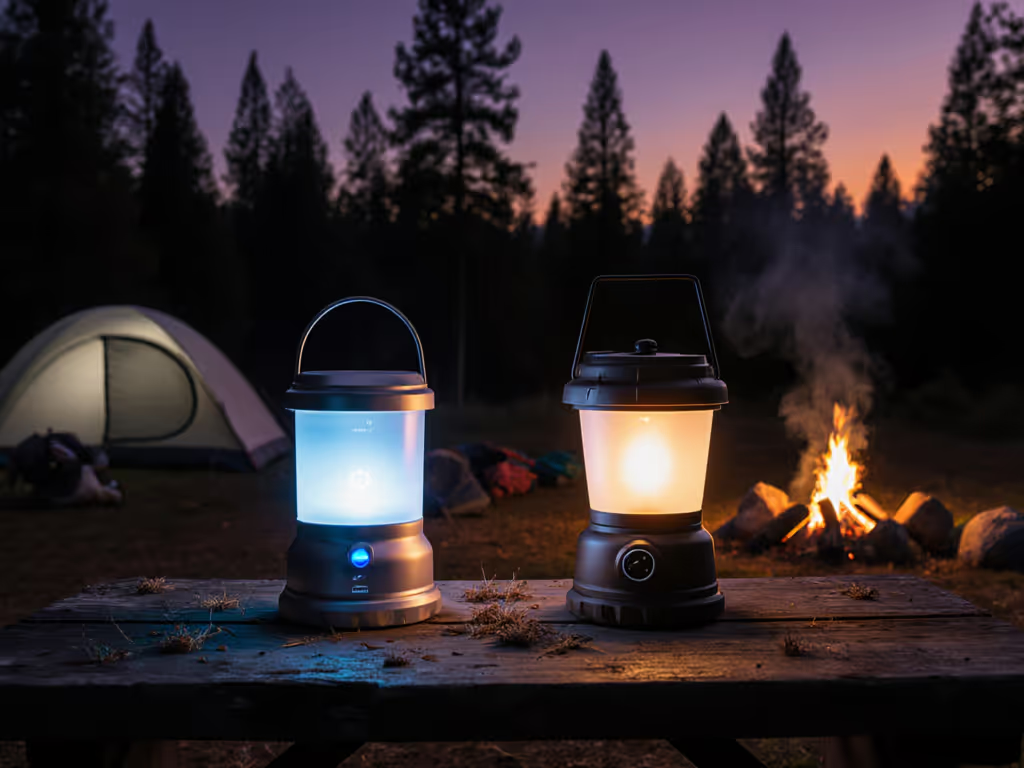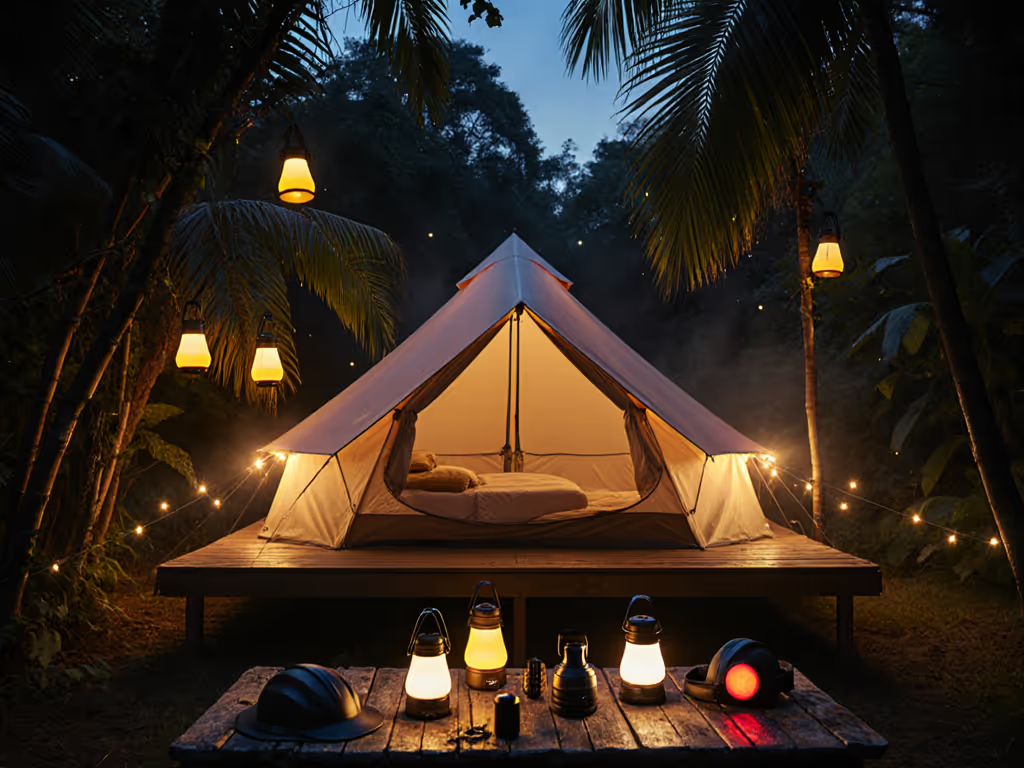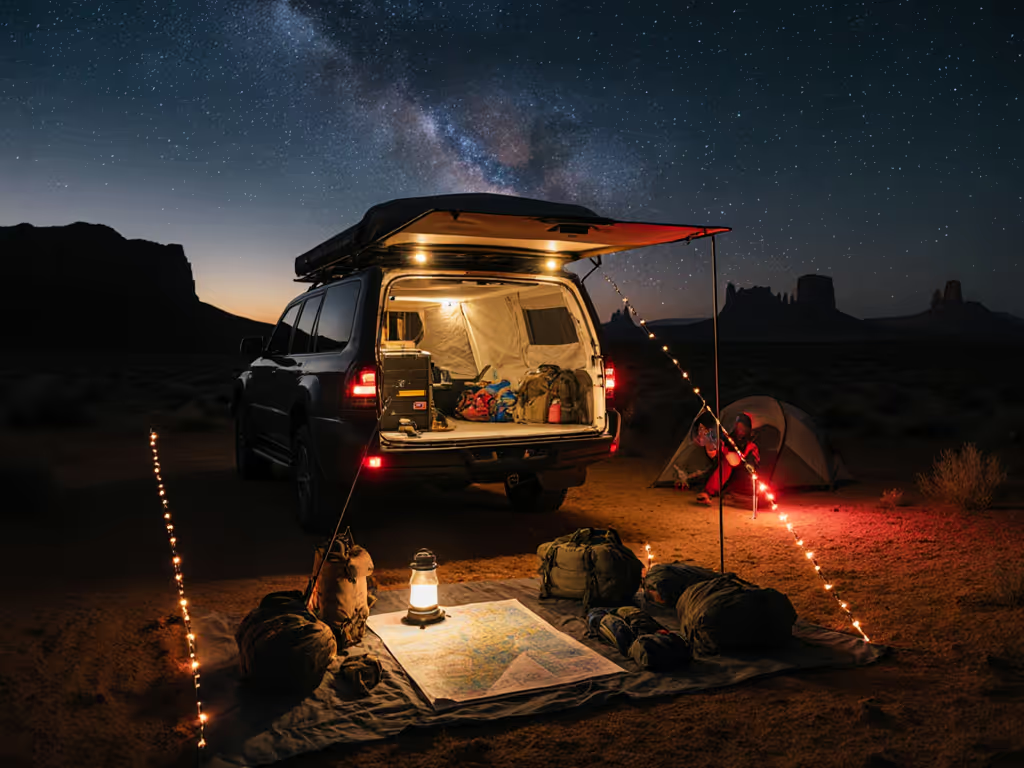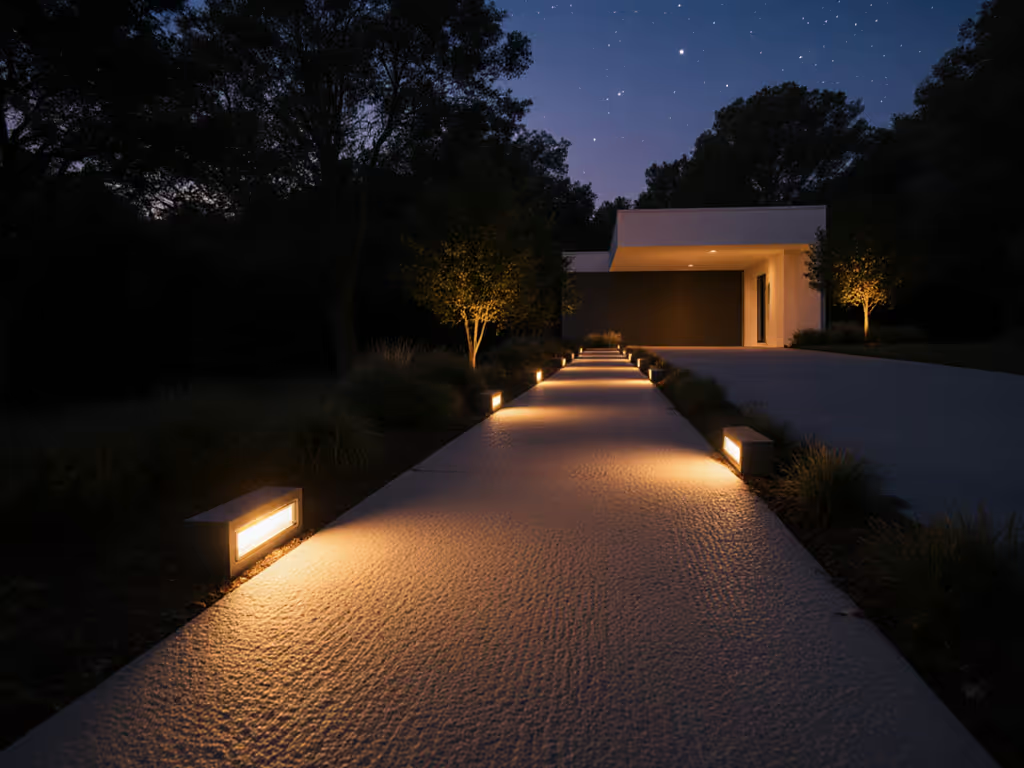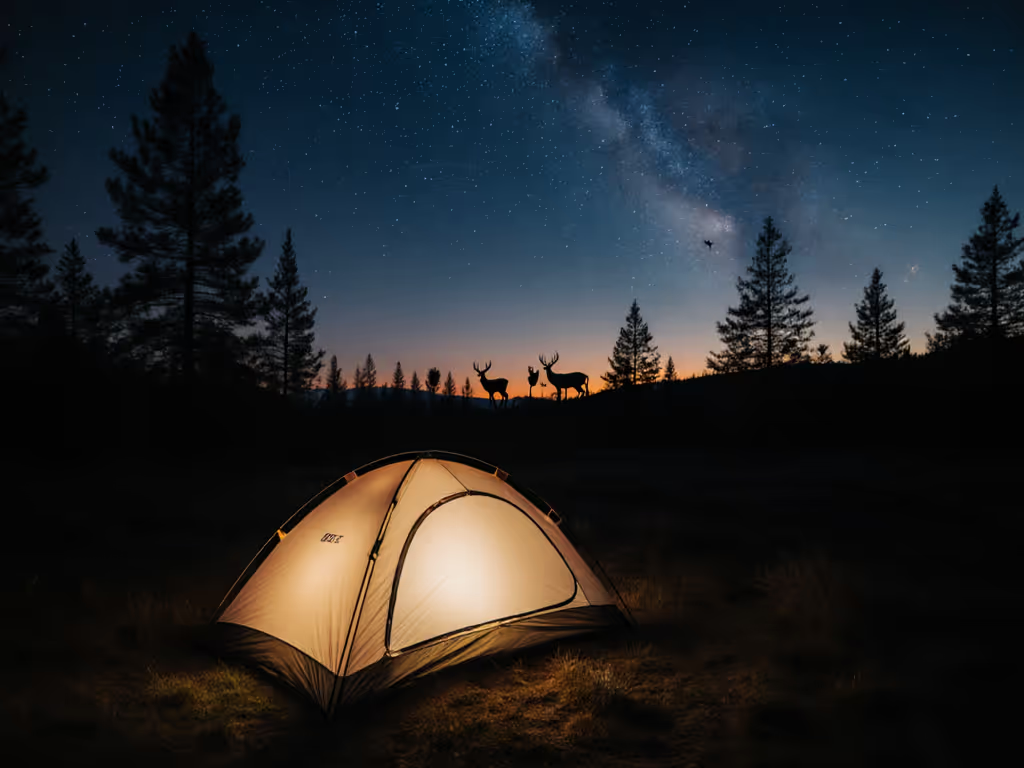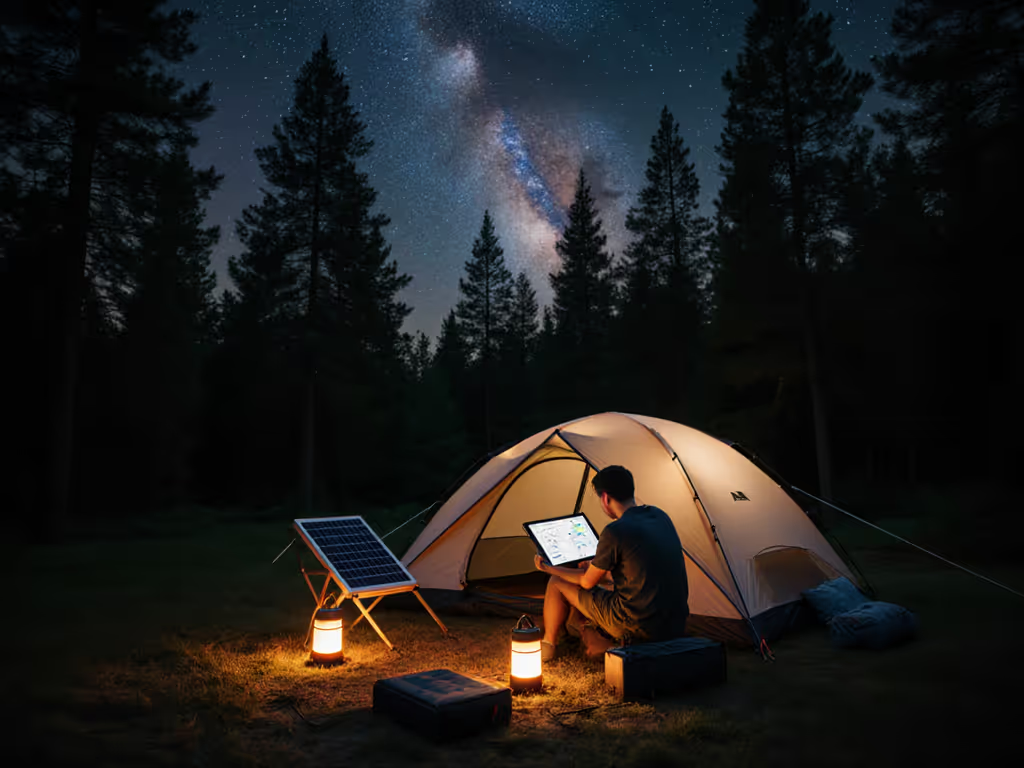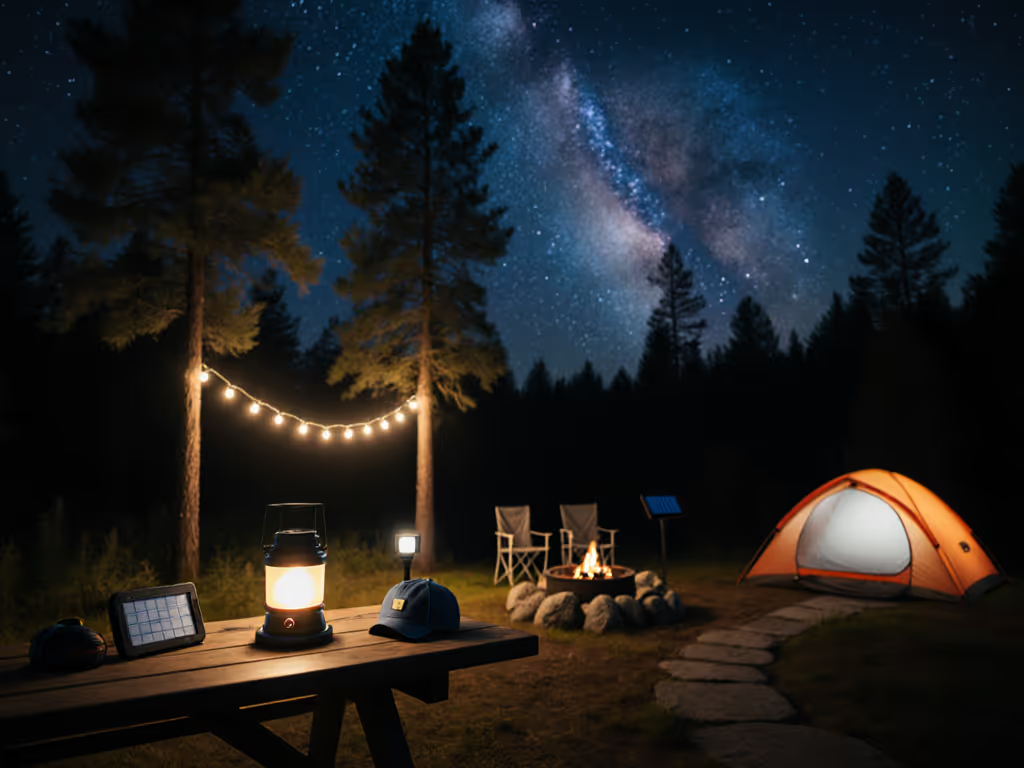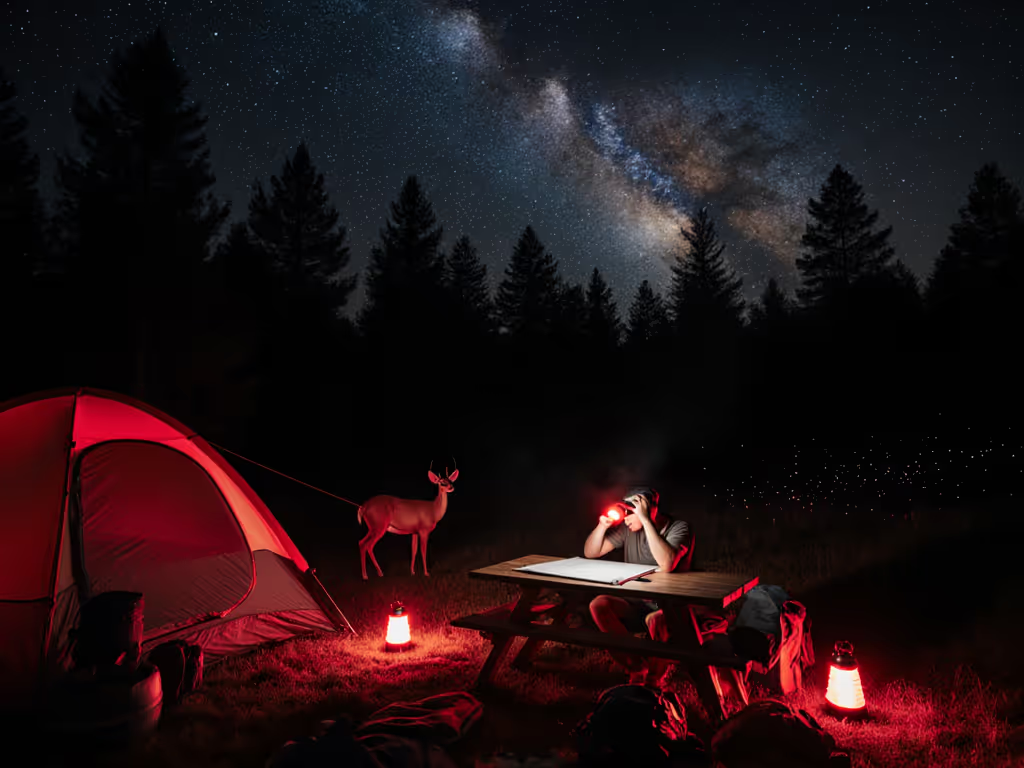
Most Popular
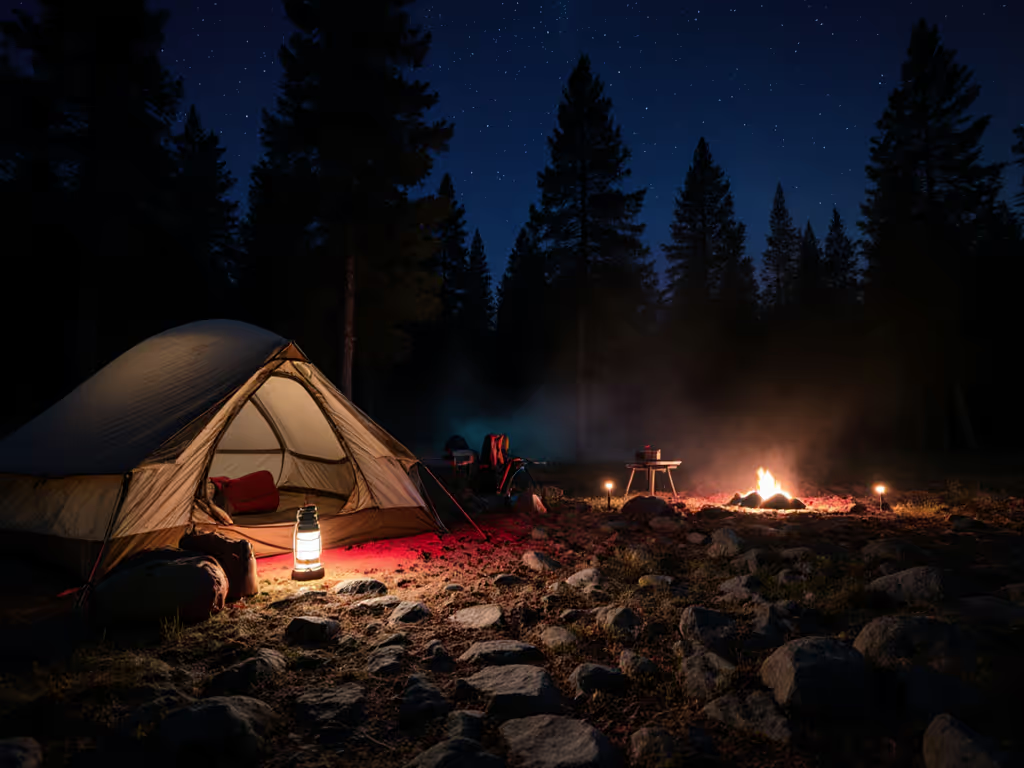
LED Camping Lights: Prevent Nighttime Accidents Safely
Design a layered LED lighting system that preserves night vision, reveals terrain, and reduces accidents - using warm/red tones, low-lumen path lights, and dim ambient lanterns. Standardize power and beam control to eliminate single-point failures and keep camp movement safe.
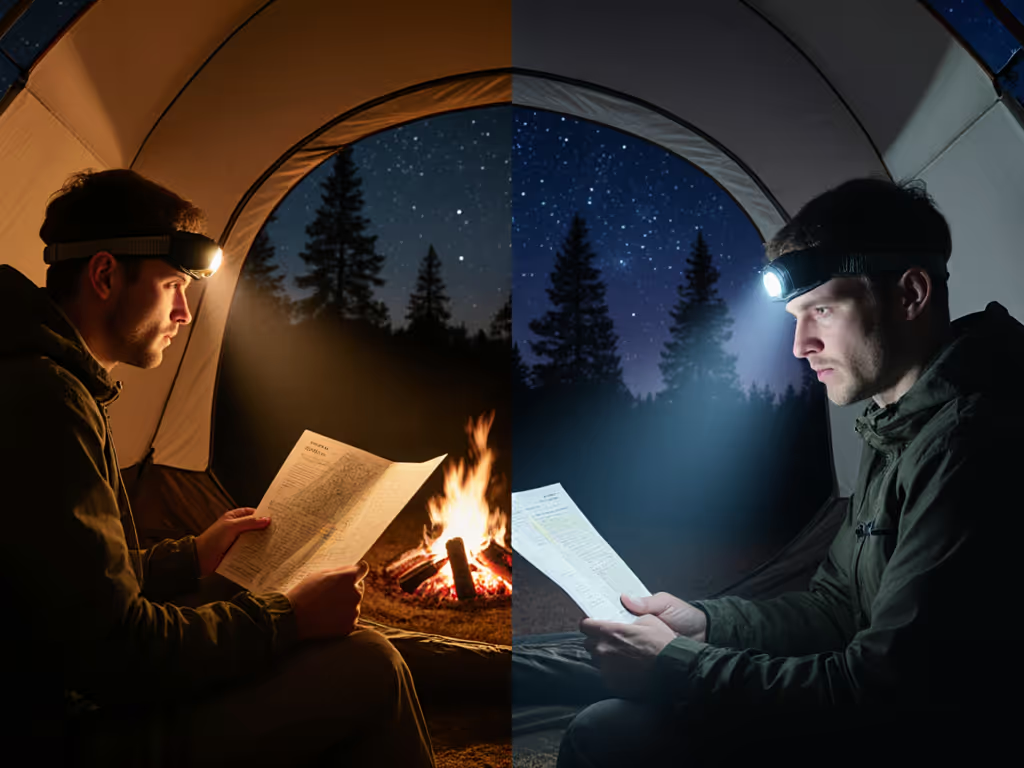
Warm White vs Cool White Camping Lights: Preserve Night Vision
Choose warm white (2700–3500K) to preserve night vision, reduce glare, and save battery life; cool white delays adaptation and disrupts sleep. Reserve neutral/cool beams for brief, focused tasks and verify CCT, CRI, dimming, and beam shielding for safer, more comfortable campsites.
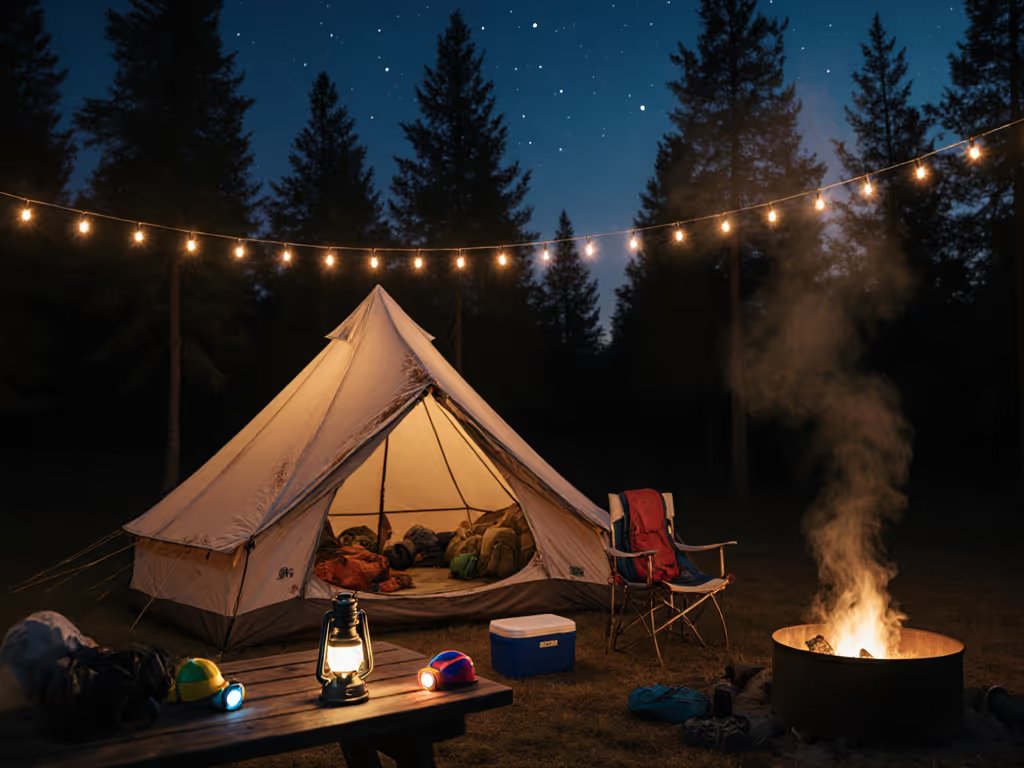
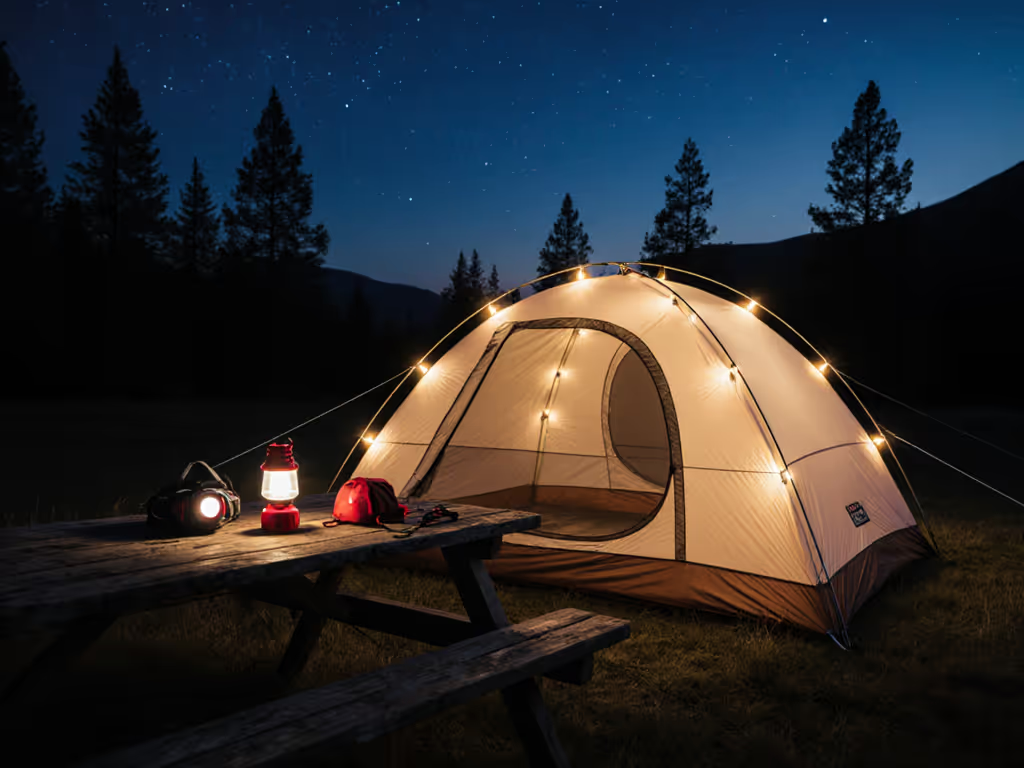
Best Tent Lights for Camping: Cozy, Low-Glare Picks
Choose smarter, warmer tent lights - 2700–3000K, 90+ CRI, and well-shielded - to protect sleep, stargazing, and campsite harmony. Get practical picks, realistic brightness/runtime guidance, etiquette tips, and simple diffusion hacks for a cozy, low-glare setup.
